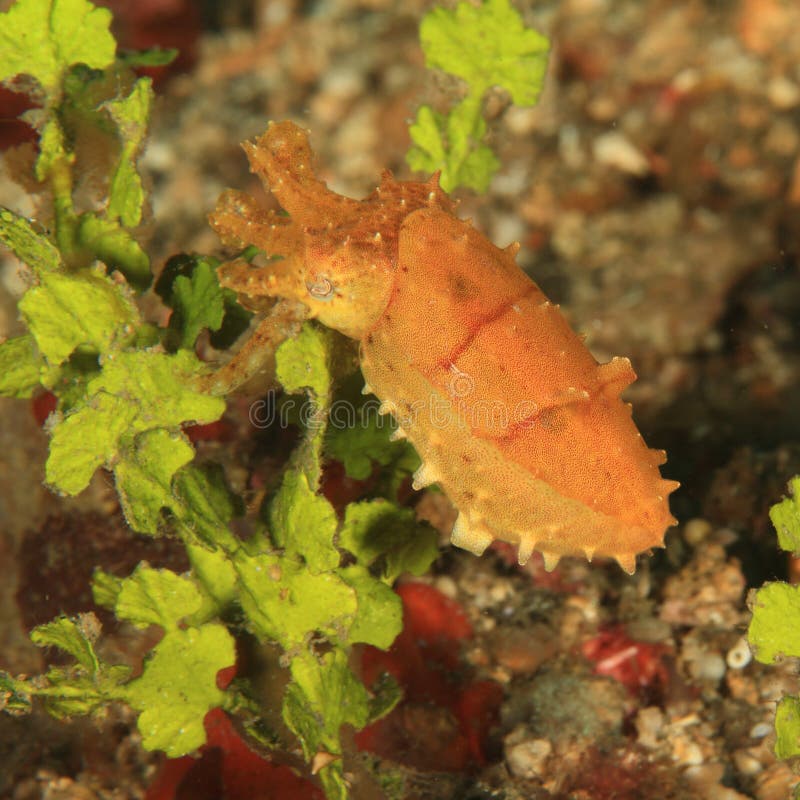
Additionally any berried crawfish or lobster caught inside the CIFCA district (out to 6 nautical miles limit) must be immediately returned to the sea as close as possible to the area in which it was caught. This is larger than the eu minimum size which is 95mm. There is a minimum landing size for crawfish inside the Cornwall Inshore Fisheries and Conservation Authority (CIFCA) district of 110mm carapace length. In the Atlantic Crawfish undertake migration inshore in spring to breed and offshore again in late autumn (R. ‘Berried’ females carrying eggs are found here occasionally but it is also thought that their larvae are carried here with warm water currents so stock recruitment may depend on the health of stocks in Brittanny, the Bay of Biscay and the coast of Spain. More research is needed on their reproductive patterns in our waters. They are long lived animals living for at least 15 years. They are thus very vulnerable to being caught in monofilament gill nets (tangle nets) set on the seabed for Monk and turbot. Unlike lobsters Crawfish are far more mobile and are known to migrate for large distances over the seabed. Young crawfish are called ‘miracle fish’ by north Cornish fishermen. Crawfish make rasping noises (creaks) which they are thought to use to communicate and warn other crawfish of danger (Buscaino et all 2011). In 2019 a total of 13.4 tonnes of crawfish were landed to Cornish ports with a value of £367k (MMO data).Ĭrawfish, also known as European spiny lobster, are a warm water species that are at the northern limit of their distribution in Cornish waters. Better management is urgently needed, and indications are that gill netting is already resulting in overfishing of this recent recolonisation. There is a minimum landing size but that alone is unlikely to prevent overfishng as was shown before.

Currently there is no limit on quanties of this species landed or the amount of effort on this stock.

Crawfish are listed by ICUN as vulnerable. Stocks should be allowed to recover fully before targeting this species is encouraged. Latest reports by Cornwall IFCA show that landings per unit effort of netters targeting crawfish off the west and north coasts of Cornwall have decreased dramatically (up to 85%) in 2018 which is a worrying sign that this species may once again be heading for over exploitation. Following a surprise resurgence in the last few years catches of commercial landings of crawfish are now increasing in Cornwall. In 2008 I was awarded a level 2 certificate in angling coaching and have delivered several dedicated tuition and coaching sessions helping all abilities to improve their carp fishing skills.Crawfish were brought close to eradication in our waters following widespread capture by divers and netters in the 1960’s and early 70's. My PB Common is 39lb 14oz and Mirror is 51lb 4oz and I`ve caught numerous forties and thirties from a variety of venues.

My catch rate has improved somewhat since those days and I am equally at home fishing gravel pits, silt ponds, reservoirs or flowing water when the River is “bob on”. During the late 80’s my father and I were fortunate enough to fish Cuttle Mill in the West Midlands and it was there that I fell in love with Carp fishing – despite blanking on many sessions! I cut my teeth along the many winding rivers of Worcestershire, Shropshire and Staffordshire targeting species such as large Barbel and Chub, using simple float and feeder tactics. I caught the angling bug at the age of seven fishing for roach and bream at a local reservoir with my father, my passion for the sport has grown ever since to this day as I remain an avid angler.


 0 kommentar(er)
0 kommentar(er)
